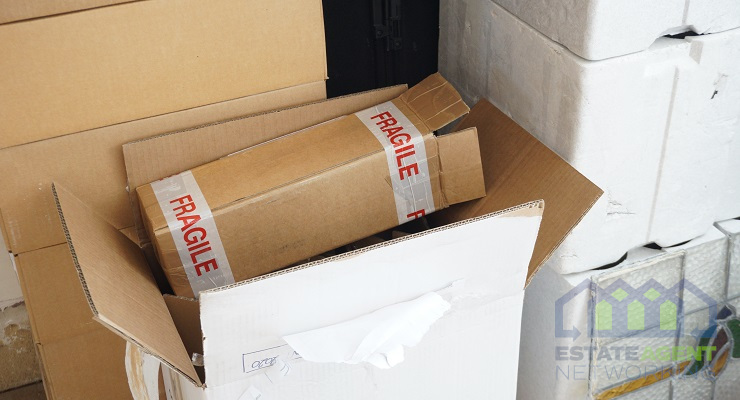The Main Difference Between Amazon FBA and FBM
As an online seller, it is crucial for you to provide secure and fast delivery of goods to the customers. On Amazon, you have two fulfillment methods to choose from when it comes to fulfilling customers’ orders. Sellers can either choose Fulfillment by Amazon (FBA) or they can fulfill their orders by selecting Fulfillment by
Merchant (FBM). An FBA seller only has to send their items to the Amazon warehouses, and Amazon takes charge of the rest. Amazon stores, packs, and delivers your orders to the customers. However, if a seller decides to choose the FBM fulfillment method, then he must perform all of the storing and fulfillment activities by himself.
It is highly essential to understand how both of the models work and what are the major differences between FBA vs. FBM to sell effectively and save costs. Here are a few differences between FBA and FBM that can help you decide which fulfillment model to move forward with:
1. Definition:
Under the FBA model, once you send your inventory to the Amazon fulfillment center, Amazon takes responsibility for the rest. Amazon ships your orders safely to the customers and also undertakes customer support. You don’t have to worry about storing your items because the spacious warehouses of Amazon can keep your products safe as long as you keep paying! On the other hand, an FBM seller has to store, pack, and take care of the shipping all by himself. Amazon won’t help the seller, and won’t intervene unless the rules are broken.
2. Inventory
Choosing FBA means your inventory will be stored in Amazon’s warehouses. As a result, you have little to no control over your inventory since Amazon deals with it. However, as an FBM seller, you can enjoy being in control of your inventory and store it in your rented warehouse.
3. Shipping
In FBM, sellers directly ship their orders to the customers. Under FBA, on the contrary, FBA sellers ship their inventory to Amazon fulfillment centers, and then Amazon delivers the orders to the doorstep of the customers.
4. Packaging
FBA sellers don’t get the option to customize their packaging as Amazon has standard packaging for all the orders they ship out. However, under FBM, sellers can try to make their orders look more attractive by customizing the packaging.
5. Customer service
Amazon deals with your customers and takes care of refunds and returns under the FBA model. While an FBA merchant is responsible to tackle all customer-related issues and manage refunds.
6. Cost of fulfillment
FBA sellers have to pay a significant amount to Amazon for storing and handling their orders. FBM sellers don’t have to pay any all such fees to Amazon. They have certain overheads to take care of, such as the rent of the warehouse, shipping charges, payment of employees, and more.
7. Customer satisfaction
Amazon offers two-day shipping which makes FBA more popular than FBM. Moreover, customers trust Amazon and they prefer FBA sellers more than FBM since they know the product will be delivered safely, and on time. FBM products take time to reach customers, which is why It isn’t so popular among buyers.
8. Buy a Box
Amazon prefers FBA sellers while assigning the Amazon Buy Box. FBM sellers can also compete by signing up with Seller Fulfilled Prime (SFP) and using the correct repricing strategies. However, if you want to get in the race to win the Buy Box, it’s better to choose FBA.
In conclusion,
Since FBA and FBM have their own perks, it is up to the seller to conduct proper research and evaluate his business needs to choose a model that aligns with the goals. The perfect fulfillment model should be one that offers convenience and is pocket-friendly.









